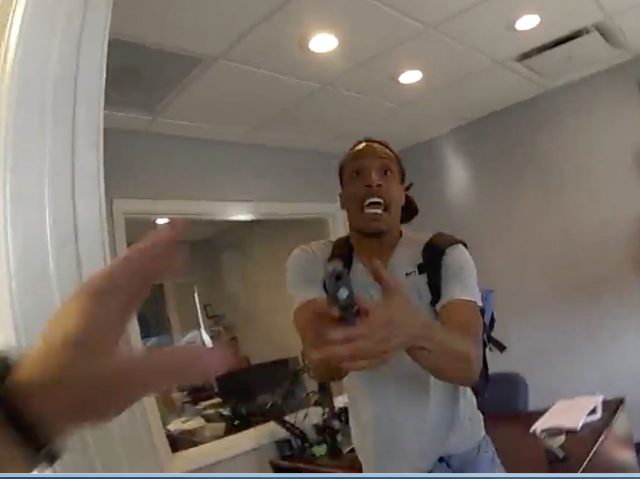The Great Outdoors: Patience is key with bird dogs
Published 12:00 am Sunday, December 6, 2009
A slight drizzle was just beginning to drift within the cold breeze as Jim Jarvis and I stood among head-high native grasses, scanning the hillside above us.
Somewhere disguised among the tangle of frost-bitten vegetation were two 4-month-old bird puppies. As we hiked closer to where the bobwhites had touched down after being released from the Johnny House, a dozen frightened quail lifted straight up and then coasted into the nearby hardwoods using the strong currents of air to expedite their escape from the white and lemon pointers.
With rail thin physiques, straight tails and tan noses held high, the pair bounded through the crispy leaves in search of scattered singles. I met with Jarvis at his back forty training grounds to complete this year’s running theme of picking, training and ultimately hunting with your own bird dog.
The first season can be a trying one for a person who has taken it upon him or herself to train a bird dog, and there are a lot of pitfalls to avoid and necessities to keep in mind. Having spent all of his life in the company of bird dogs, Jim understands the frustrations that sometimes go hand in hand with the good times.
“If you are starting a dog from a pup, then you need to be happy with him improving slowly with time,” he said. “Even up ’til he is 5 years old.”
Pride has been the destroyer of many hunting dogs and Jarvis is quick to note that there is no place for an ego in a dog’s first season or two learning the ropes.
“It took me a long time to realize this, but a dog is no reflection of you,” Jarvis said. “If you’re going out there with the idea that you’re going to beat the other guy’s (dogs), then you need a finished dog that will beat them.”
Of course, a time and place exist for competition, but not during a dog’s inaugural season while it is trying to make sense of what is expected of it. Jim, and many other experts, suggests that the first season should be more of a bonding and learning experience for the dog and his master to experience alone.
“One of the things I wouldn’t do is get your 1-year-old dog trained and then go out with four guys with 12 gauge shotguns,” he said. “Instead, I’d take the young pup hunting by himself, kill a lot of pen-raised birds over him and get him where he loves birds and is real used to the gun.”
One aspect that often throws young bird pups a loop is the transition from the pen-raised quail they have been accustomed to finding versus the nervous, far flying, wild bobwhites that naturally inhabit the countryside.
“When you go from pen-raised birds to wild birds, a dog has to learn where to find wild birds,” Jarvis said. “An old dog is good for teaching a young dog how to hunt wild birds, but I wouldn’t let the young dog start relying on the older dog.”
Allowing the pup to be mentored by a canine who has earned his stripes is still an effective means, so long as the puppy retains his independence. Without a doubt, the two main threads of wisdom each person has shared over this series of columns is the importance of keeping young dogs into birds and the necessary virtue of patience one must possess if they undertake the training themselves.
“It seems that the more dogs I train, the better dogs I have,” Jarvis says. “As I get older and more patient, the better the dogs turn out.”
Jarvis left me with a memorable observation as the daylight faded and our first winter front coasted in.
“You can work with a dog for a year and you can ruin one in 10 minutes,” he said.
Keep that tidbit of guidance in mind and your training will go much smoother.
— Geordon T. Howell is outdoors columnist for the Daily News. He may be reached by e-mailing highbrasshowell@yahoo.com.






